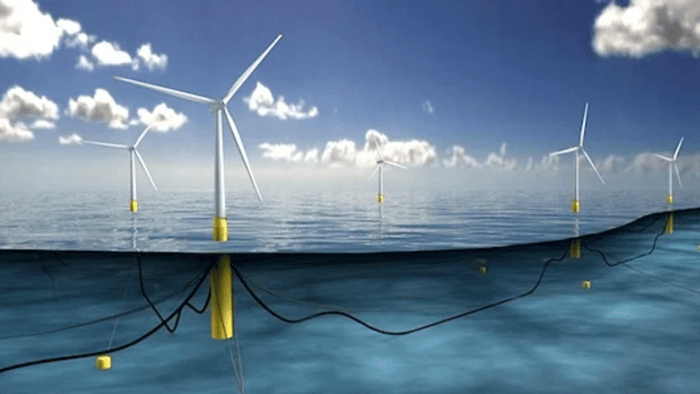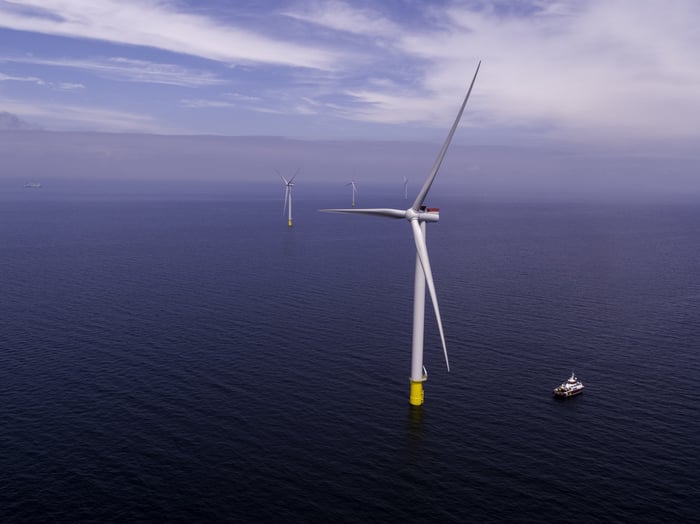
About the Course
The Subsea Power Cables course is an in-depth programme aimed at professionals in the energy sector, focusing on the critical aspects of subsea power cable systems. Over two days, participants will delve into the intricacies of cable design, routing, installation, and maintenance, guided by industry experts. The course encompasses the entire lifecycle of subsea power cables, including project feasibility, environmental impacts, and the latest installation technologies.
The programme begins by establishing a solid foundation in the fundamental concepts of subsea power cables, exploring various cable types, design qualifications, and performance characteristics. Participants will learn about project structures, feasibility studies, environmental impacts, and survey methodologies.
A significant focus is placed on cable installation techniques, including surface laying, burial methods, and landfall processes. Delegates will gain practical insights through detailed case studies that illustrate real-world applications and challenges in cable routing, design, installation, and landfall management.
The course also addresses the importance of cable protection, highlighting methods to optimise cable longevity and prevent failures. Participants will explore advanced inspection and maintenance techniques, learning how to identify and mitigate potential risks effectively.
In addition to technical training, the course fosters a collaborative learning environment where participants can share experiences and solutions, building a network of professionals well-versed in subsea power cable management.
By the end of the course, delegates will be equipped with the skills and knowledge necessary to manage subsea power cable projects successfully, ensuring their operational efficiency and reliability. This training is crucial for professionals involved in the development and maintenance of renewable energy infrastructure, particularly in offshore wind and transnational networks.
Who's it for
The Subsea Power Cables course is designed for professionals directly involved in the planning, installation, and maintenance of subsea power cable systems. This includes:
-
Project Managers: Develop the skills to oversee the lifecycle of subsea power cables, ensuring project success from planning to decommissioning.
-
Electrical Engineers: Enhance your technical knowledge in the design, installation, and maintenance of subsea power cables, crucial for reliable offshore wind farm operations.
-
Maintenance Engineers: Gain expertise in advanced inspection techniques, fault detection, and repair strategies for subsea cables.
-
Risk Management Specialists: Learn to identify, assess, and mitigate risks associated with subsea power cables, ensuring operational integrity and safety.
-
Operations Managers: Acquire practical knowledge to maintain the reliability and performance of subsea power cables, optimising operational efficiency.
This course aims to enhance the professional development of individuals committed to advancing the reliability and efficiency of subsea power cable systems.
Learning Objectives
Upon completing this course, delegates will be able to:
-
Understand the fundamental and advanced concepts of subsea power cable management.
-
Implement effective design and installation strategies for subsea cables.
-
Utilise advanced techniques for cable protection and maintenance.
-
Develop risk-based inspection plans to prioritise maintenance efforts.
-
Apply real-world case studies to address challenges in subsea cable projects.
These objectives prepare delegates to tackle the complex challenges of subsea power cable management, contributing effectively to their organisations and the renewable energy industry.
Course Content
-
Day One
Project overview
-
Typical project structure
-
Feasibility studies
-
Consenting
-
Environmental impact studies
-
Surveys
-
Route selection
-
Cable production
-
Installation
-
Post-lay activities
-
Case study – Part 1: overview
Cable routing
-
Selection of route corridor
-
Geophysical survey
-
Route determination
-
Charting
-
Geotechnical survey
-
Burial methods
-
Burial performance prediction
-
Case study – Part 2: routing
Cable design
-
Cable types for array
-
Export and interconnectors
-
Design qualification
-
Cable performance characteristics
-
Hauling devices and joints
-
Case study – Part 3: design
-
-
Day Two
Cable installation
-
Pre-installation design and analysis
-
Types of vessel
-
Deck layouts and key installation equipment
-
Surface laying
-
Plough burial
-
ROV burial
-
Other types of burial
-
Rock dumping
-
Case study – Part 4: installation
Offshore structure connection
-
Cable entry types
-
Entry protection
-
Internal cable management
-
Pull-in analysis
-
Installation equipment and methods
-
Case study – Part 5: connections
Landfalls
-
Landfall selection
-
Horizontal directional drilled installation process
-
Surface lay and trenched process
-
Landfall joint bay
-
Case study – Part 6: landfalls
-
Learning Outcomes
Upon completion of this course, participants will be able to:
-
Attain a deep understanding of subsea power cable technologies and their applications.
-
Master the processes of design, installation, and maintenance for subsea power cables.
-
Develop proficiency in diagnosing and managing cable failures.
-
Gain expertise in advanced inspection techniques, including the use of ROVs.
-
Apply practical knowledge to ensure the integrity and reliability of subsea power cables in offshore wind farms.
-
Class Materials
- Case studies that explore real-world cables challenges and their solutions.
- A comprehensive course package detailing all essential topics and technical data.
- Detailed notes from the tutor, Troy Brown, offering additional insights and expertise.
- A collection of references and practical worked examples to deepen understanding and application of the material.
-
Jeenius
Participants in the Subsea Power Cables course gain access to Jeenius, a cutting-edge learning platform that offers comprehensive support tools. This platform includes all course notes, recordings of the sessions for later review, and the opportunity for one-on-one support with the tutor. Additionally, Jeenius provides access to the latest insights in subsea engineering, enhancing the learning experience with up-to-date industry knowledge.
-
In-Company Delivery
For in-company delivery options and content customisation to meet your specific needs, please don't hesitate to reach out to us.
-
Fee
£1,295 per person.
Your Tutor

Troy Brown
B.Geo.E (Hons), B.A
LEAD TUTOR
This comprehensive experience positions Troy as a key figure in the transition towards renewable energy, particularly in the realm of offshore wind development. His ability to navigate the complex challenges associated with large-scale, cross-sector projects is a testament to his skills in project management and execution. As a professional who has been directly involved in the German energy transition, Troy brings a wealth of practical knowledge and strategic insights to his work. His experiences in taking projects from initial concepts to fully operational stages are invaluable for understanding the dynamics of project development in the energy sector. Troy's background makes him an ideal mentor and guide for those looking to understand and participate in the evolving landscape of energy production and sustainability.
Testimonials
“The Jee Subsea Power Cables course is an excellent training programme which provides valuable insights into the challenges faced by cable engineers on an offshore wind farm project. It's content serves both as a useful introduction to submarine cables for those new to the industry and to increase the knowledge of experienced cable engineers alike."
"Great overview course of Cable design and installation.”
Similar Courses



